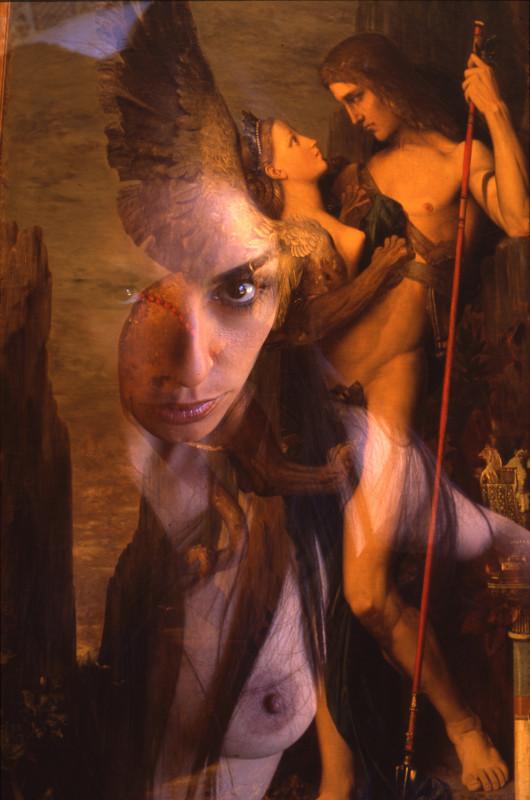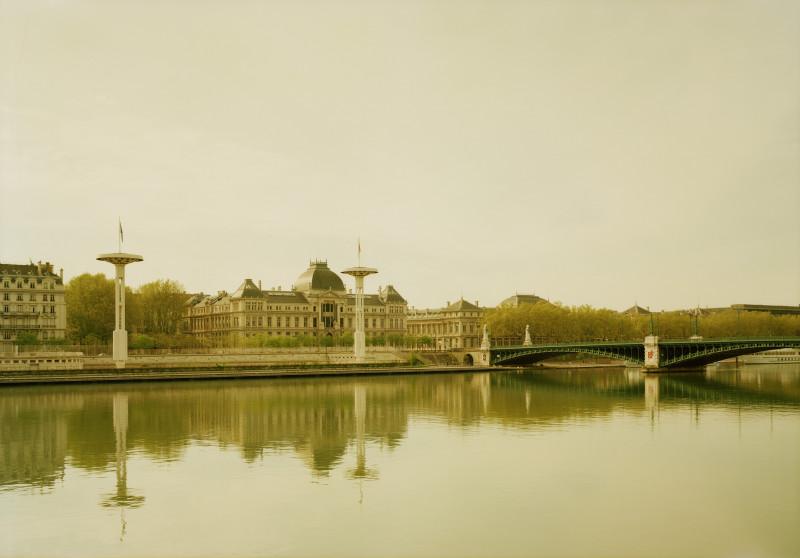Edition 2009
WILLY RONIS
Retrospective
The 80 photographs making up this retrospective in the Chapelle Sainte-Anne present a specific aspect of the work of Willy Ronis: a deep awareness of the nature of images, despite his being traditionally categorised within mainstream Humanism. For Ronis photography was not an end in itself but a means of expressing his experience of the social realities of his surroundings. Taken in the street, a factory, the countryside or some intimate setting, his photographs evoke moments which span his entire career and are the basisof his personal version of reality.
After World War II the torch-bearers of French photography were the Groupe des XV, who included Robert Doisneau, René-Jacques, Marcel Bovis and, of course, Willy Ronis. Narrative approaches like anecdote, parody, tenderness and visual finesse were the raison d’être of French Humanistic photography. Busy Paris streets, working-class neighbourhoods, people out for a walk, children playing and other scenes of daily life were the backdrop for photographs blending poetry and a spontaneous claim to ‘change the world’.
Ronis was nonetheless very much aware of the dishonesty of any attempt by the photographer to play down social injustice. He set out to explore the life of the destitute with method, conviction and lucidity: photographs of workers, picket lines and passionate harangues by union members in the Citroën and Renault factories in 1936 and 1950, the St. Etienne mines in 1948 and the streets of Paris in 1950. But in
addition to his empathy with workers in the factory, at home and in society, we sense a photographer whose social-political interests were
not satisfied by a few fragments of lives picked up here and there; what he wanted was active commitment. Ronis does not concentrate on the sordid and does not disguise poverty or romanticise the poor; rather, he sides with their demands and their struggle.
Marta Gili
After World War II the torch-bearers of French photography were the Groupe des XV, who included Robert Doisneau, René-Jacques, Marcel Bovis and, of course, Willy Ronis. Narrative approaches like anecdote, parody, tenderness and visual finesse were the raison d’être of French Humanistic photography. Busy Paris streets, working-class neighbourhoods, people out for a walk, children playing and other scenes of daily life were the backdrop for photographs blending poetry and a spontaneous claim to ‘change the world’.
Ronis was nonetheless very much aware of the dishonesty of any attempt by the photographer to play down social injustice. He set out to explore the life of the destitute with method, conviction and lucidity: photographs of workers, picket lines and passionate harangues by union members in the Citroën and Renault factories in 1936 and 1950, the St. Etienne mines in 1948 and the streets of Paris in 1950. But in
addition to his empathy with workers in the factory, at home and in society, we sense a photographer whose social-political interests were
not satisfied by a few fragments of lives picked up here and there; what he wanted was active commitment. Ronis does not concentrate on the sordid and does not disguise poverty or romanticise the poor; rather, he sides with their demands and their struggle.
Marta Gili
Selection of images: Willy Ronis and Marta Gili.
In collaboration with the department of Architecture and Heritage / Ministry of Culture and Communication and with the backing of Neuflize Vie, lead patron of the Jeu de Paume and of Olympus France. Supported by Arte.
Exhibition presented at the Église Sainte-Anne.









